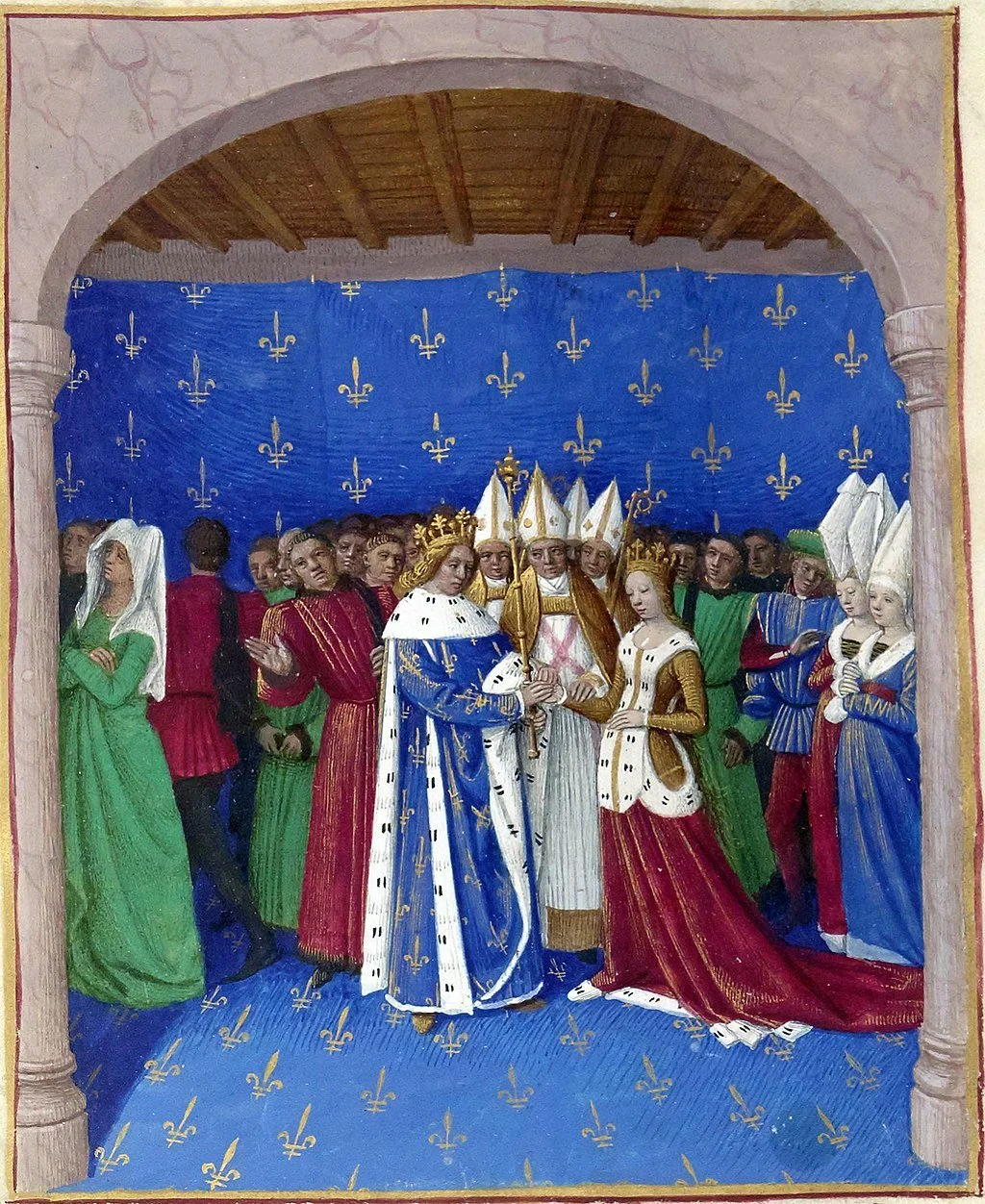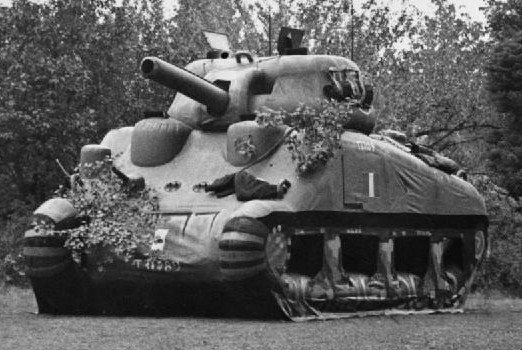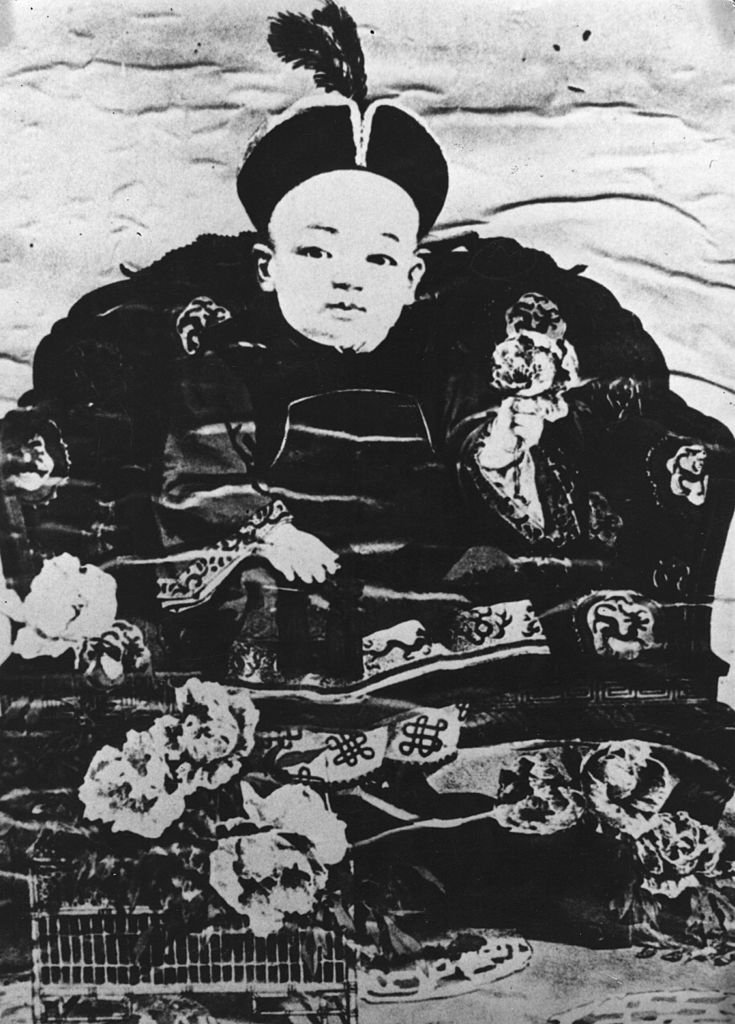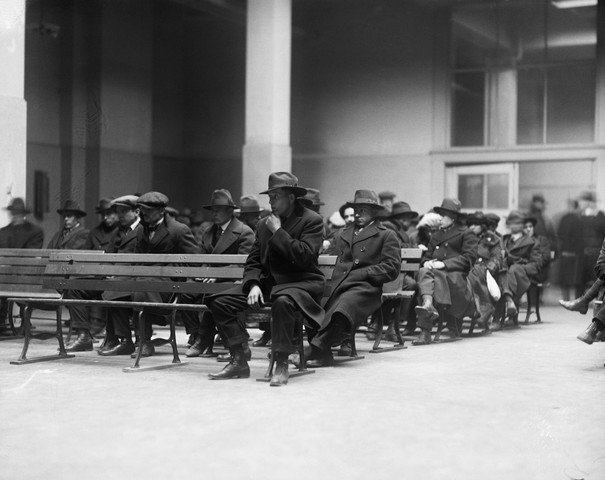Nazi Germany was actively involved in the Spanish Civil War on the side of General Franco’s Nationalists. The Nazis helped the Nationalists in various ways. Here, Daniel Boustead looks at how the Nazis supported them militarily.
The aftermath of the bombing of Guernica, Spain. Source: Bundesarchiv, Bild 183-H25224 / Unknown author / CC-BY-SA 3.0, available here.
Nazi Germany’s involvement in the Spanish Civil War has been well documented by historians. The origins of Nazis support for the Spanish Nationalists was between 1931 and 1936. Nazi military support for Francisco Franco’s Nationalist forces was entirely motivated by political and financial reasons. The Nazi support helped the Nationalists achieve important military and strategic victories during the conflict. In the Spanish Civil War the Nazis got to test out new military weapons and tactics which would be later used effectively in World War II. In fact the Nazis were probably the decisive factor in bringing Francisco Franco to power in Spain.
In 1931 the monarchy fell in Spain, and it became a republic (1). Spain was thrown into further disarray and chaos after the results of the February 16, 1936, elections. These elections resulted in the left-wing “People’s Front” achieving a majority 473 seats to the other parties 256 seats in the Spanish Parliament. Fearing Spain would drift into a left-wing Communist government, on July 17, 1936, General Mola led, directed and organized a successful uprising in Melilla, Spanish Morocco(2). General Francisco Franco y Bahamonde, was in exile on the Canary Islands and upon hearing the news of the Nationalist uprising in Melilla, he was thrilled.
The government had placed General Francisco Franco as military commander of the Canary Islands as a form of banishment because of his opposition to the government. Franco had previously served as Chief of the General Staff of the Spanish Army of the Second Republic in 1935(4). He had long hated the Spanish government. In short order Franco and General Orgaz assumed the military command of the Canary Islands group. On July 18, 1936, Franco departed for Tetuan, Spanish Morocco aboard a British aircraft, where he arrived on July 19, after an en route stop at Casablanca (3). On that day, having already been informed of the objectives of the revolt by officers allied to Franco, the entire garrison of the city of Tetuan declared itself for the Nationalist side.
The Republican government had no concern about Franco’s forces in Spanish Morocco. The Republican Naval fleets were carefully watching the Straits of Gibraltar, making transport of any Nationalist units by sea all but impossible. Later, on October 1, 1936, General Franco’s investiture as the New Chief of State of the Spanish State was proclaimed to the Nationalist forces and a ceremony took place (11).
A request to the Nazis
On July 23, 1936, a dispatch arrived at the German Foreign Affairs Office from Tetuan via the German Military Attache in Paris(5). In the dispatch, General Franco and Oberstleutnant Beigbeder, (former Spanish Military Attaché in Berlin), requested the delivery of ten military transport aircraft to Spanish Morocco. The recommendation of the Foreign Affairs Office to the Reich War Ministry, was absolutely neutral and tended to be rather negatively inclined towards Franco’s request. On July 24, 1936, a further telegram reached the German Foreign Affairs Office. It contained an announcement from the Tetuan Consulate that the requestioned and later charted DLH Ju 52 was to fly to Berlin. This flight would bring the Germans Johannes Bernhardt and Adolf Langenheim and a Spanish Air Force Officer Captain Arranz to present a handwritten note from General Franco to the Nazis. Adolf Langenheim was a member of the Nazi Party’s foreign branch in Tetuan and had numerous business dealings with General Franco and was thus well connected with him. Langenheim’s primary motives for supporting and seeking aid to General Franco were more business than idealistic aims. On July 24, 1936, Adolf Langenheim, Johannes Bernhardt, and Spanish Air Force Captain Arrantz arrived at Berlin-Gatow and were sent to see Adolf Hitler who was enjoying the Richard Wagner Festival at Bayreuth. On July 25, 1936, Johannes Bernhardt, Adolf Langenheim, and Captain Arranz, met with Adolf Hitler, Generalfeldmarchall Goring, War Minister Von Blomberg, and a representative of Vizadmiral Raeder, Kapitan zur See Coupette of the German Navy. The meetings between these two parties from July 25-26, 1936, succeeded in giving Nazi support to General Franco’s forces.
Reasons for support
The primary reasons the Nazis wanted to support General Franco was to make Spain a bulwark against Communism, to seek improvement in Germany’s foreign exchange situation, the future of Germany’s trade agreement with Spain, and to improve the interests of the 10,000 ethnic Germans living in Spain. The Initial discussions on the organization and extent of the aid for Spain then moved to the RLM. On July 26, 1936, the Reich RLM’s General der Fleiger Milch gave Generalleutnant Helmut Wilberg the job of creating Sondertab W, a central office for supplying the material and personnel needs of the German volunteers in Spain(6).
On July 26, the mixed delegation’s request for 10 Ju 52 transport aircrafts was increased to 20 Ju 52 transport aircrafts, which were to be delivered to Sevilla and Tetuan by DLH pilots via the shortest possible route that was approved by both sides. Also, in July the organization of HISMA Ltda was formed to act as a cover organization for the agreed upon transport of troops from Spanish Morocco to the mainland, as well as the delivery of German aircraft and materiel. The registered owners of HISMA Ltda was the Spanish Admiral Ramon Carrazanna and Johannes Bernhardt. Until the start of the Legion Condor, HISMA was responsible for supplying, accommodating and paying the German volunteers; in addition, it was the administrative office for all German aid deliveries and the liaison center between the Spanish headquarters and “Sonderstab Wilberg”. On August 6, 1936, the first German equipment, troops and personnel arrived at Cadiz (7). On October 2, 1936, the purely German partner company of HISMA was created in Berlin and was known as ROWAK GmbH, an indication of the Third Reich’s increasing economic interest in events in Spain.
The initial German troops and equipment that landed on Cadiz on August 6, 1936, were quickly transported by rail cars to Sevilla on August 7. In the meantime, ten Ju 52 transports had been ferried to Tablada airfield near Sevilla by Lufthansa captains, so that Bubb Moreau and his forty-two man group were able to begin transport flights from Tetuan to Sevilla at once. The Germans had originally been forbidden to fly operational sorties, except to provide escort to the transport aircraft in these operations(8). The sole task of the volunteer pilots was to train Spanish crews to fly and use the Ju 52 and He 51.
The Nazi supply chain was a success. Indeed, by the time German aerial supply flights ended in mid- October 1936, a total of 13,500 Nationalist men and 269 tons of war material had been flown to Spain(9).
On November 7, the Legion Condor was created under the command of Hugo Sperrle (10). The Legion Condor arrived at the Port of Cadiz and Sevilla on November 29, 1936, helping expand the Nazi’s military role. This unit consisted of an air force unit, anti-aircraft unit, a ground forces unit, and other miscellaneous units (12). On April 26, 1937, the Nazi Condor Legion in conjunction with the Italian Air Force bombed the Basque town of Guernica (13). The bombing of Guernica resulted in blocking the avenue of retreat for the Spanish Republican forces. The bombed out and collapsed structures in Guernica hindered this retreat. According to recent studies, the bombing of Guernica resulted in some 126 tragic deaths (14).
By the end of Spanish Civil War, the Condor Legion had shot down 277 Republican aircraft in air-to-air combat, and 58 by anti-aircraft fire (guns supplied and manned by Germans). This is a grand total of 335 Republican aircraft destroyed by the Legion Condor(18).
The BF 109 Fighter got its combat debut in Spain the from 1937 to 1939 (15). On May 11, 1937, Spanish Gun batteries equipped with 88 mm guns opened fire on two Soviet T-26 B tanks in the grounds of “La Buena Vista”, south of Toledo (16). The German 88 millimeter gun would later become a much-feared anti-tank weapon during World War II. It was also in the Spanish Civil War where Luftwaffe began to operate as teams as opposed to operating alone in World War I like the Red Baron did (17). On March 12, 1938, the Legion Condor’s F/88s 88/56 mm anti-aircraft guns were used in conjunction with tanks and ground planes to help the 5th Navarra Division’s advance of 36 kilometers between Belchite and Escatron (19). The unit F/88’s coordination in this attack with tanks and ground attack planes, and the need to change the positions of the anti-aircraft guns three times was a success. This would later be used during the “Blitzkrieg” tactics of World War II .
The Nazi support for Franco helped him get into power and provided the Nazis with their longest lasting military and political victory. Francisco Franco remained in power from 1939 to 1975.
Now, read our book on the Spanish Civil War here.
Now, you can read World War II history from Daniel: “Did World War Two Japanese Kamikaze Attacks have more Impact than Nazi V-2 Rockets?” here, “Japanese attacks on the USA in World War II” here, and “Was the Italian Military in World War 2 Really that Bad?” here.
References
1 Ries, Karl and Ring, Hans. The Legion Condor: A History of the Luftwaffe in the Spanish Civil War-1936-1939. Atglen: Pennsylvania. Schiffer Publishing Ltd. 1992. 9.
2 Ries, Karl and Ring, Hans. The Legion Condor: A History of the Luftwaffe in the Spanish Civil War-1936-1939. Atglen: Pennsylvania. Schiffer Publishing Ltd. 1992. 10.
3 Ries, Karl and Ring, Hans. The Legion Condor: A History of the Luftwaffe in the Spanish Civil War-1936-1939. Atglen: Pennsylvania. Schiffer Publishing Ltd. 1992. 10 to 11.
4 Preston, Paul. FRANCO: A Biography. New York: New York. Basic Books. 1994. 109.
5 Ries, Karl and Ring, Hans. The Legion Condor: A History of the Luftwaffe in the Spanish Civil War 1936-1939. Atglen: Pennsylvania. Schiffer Publishing Ltd. 1992 12.
6 Ries, Karl and Ring, Hans. The Legion Condor: A History of the Luftwaffe in the Spanish Civil War 1936-1939. Atglen: Pennsylvania. Schiffer Publishing Ltd.1992. 12 to 13.
7 Ries, Karl and Ring, Hans. The Legion Condor: A History of the Luftwaffe in the Spanish Civil War 1936-1939. Atglen: Pennsylvania. Schiffer Publishing Ltd. 1992. 14.
8 Ries, Karl and Ring, Hans. The Legion Condor: A History of the Luftwaffe in the Spanish Civil War 1936-1939. Atglen: Pennsylvania. Schiffer Publishing Ltd. 1992. 15.
9 Ries, Karl and Ring, Hans. The Legion Condor; A History of the Luftwaffe in the Spanish Civil War 1936-1939. Atglen: Pennsylvania. Schiffer Publishing Ltd. 1992. 17.
10 Ries, Karl and Ring, Hans. The Legion Condor: A History of the Luftwaffe in the Spanish Civil War 1936-1939. Atglen: Pennsylvania. Schiffer Publishing Ltd. 1992. 37 to 38.
11 Preston, Paul. FRANCO: A Biography. New York: New York. Basic Books. 1994. 184 to 185.
12 Arias, Raul, Molina, Lucas, and Permuy, Rafel. LEGION CONDOR: HISTORY. ORGANIZATION.UNIFORMS.AWARDS. MEMROBILA 1936-1939. Atglen: Pennsylvania. Schiffer Publishing Ltd. 2013. 40 to 41.
13 Ries, Karl and Ring, Hans. The Legion Condor: A History of the Luftwaffe in the Spanish Civil War 1936-1939. Atglen: Pennsylvania. Schiffer Publishing Ltd. 1992 62 to 64.
14 Arias, Raul, Molina, Lucas, and Permuy, Rafael. LEGION CONDOR: HISTORY. ORGANIZATION. UNIFORMS. AWARDS. MEMROBILA. 1936-1939. Atglen: Pennsylvania. Schiffer Publishing Ltd. 2013. 62 to 63.
15 Ries, Karl and Ring, Hans. The Legion Condor: A History of the Luftwaffe in the Spanish Civil War 1936-1939. Atglen: Pennsylvania. Schiffer Publishing Ltd. 1992. 261 to 262.
16 Garcia, Jose Ma Manrique and Molina, Lucas. Flak Artillery of the LEGION CONDOR: FLAK Abteilung(mot.) F/88 in the Spanish Civil War . 1936-1939. Atglen: Pennsylvania. Schiffer Publishing. Ltd. 2009. 46.
17 Pavelec, S. Mike. World War II DATA BOOK: The Luftwaffe 1933-1945: The Essential Facts and Figures for Goring’s Air Force. London: United Kingdom. Amber Books Ltd. 2010. 14.
18 Pavelec, S. Mike. World War II DATA BOOK: The Luftwaffe 1933-1945: The Essential Facts and Figures for Goring’s Air Force. London: United Kingdom. Amber Books Ltd. 2010. 15.
19 Garcia, Jose Ma Manrique and Molina. Lucas. Flak Artillery of the LEGION CONDOR: FLAK Abteilung (mot.) F/88 in the Spanish Civil War. 1936-1939. Atglen: Pennsylvania. Schiffer Publishing Ltd. 2009. 61.
















